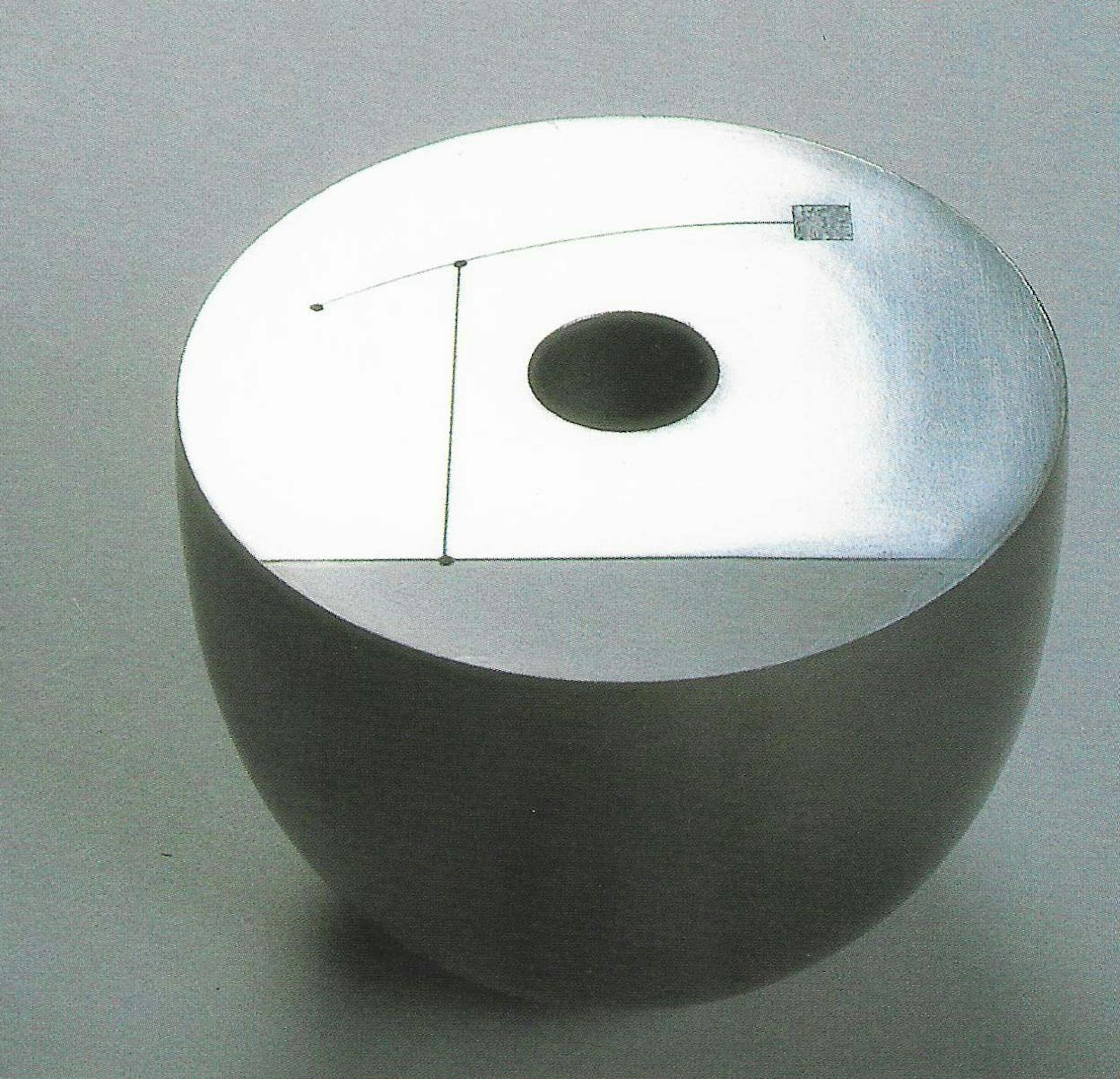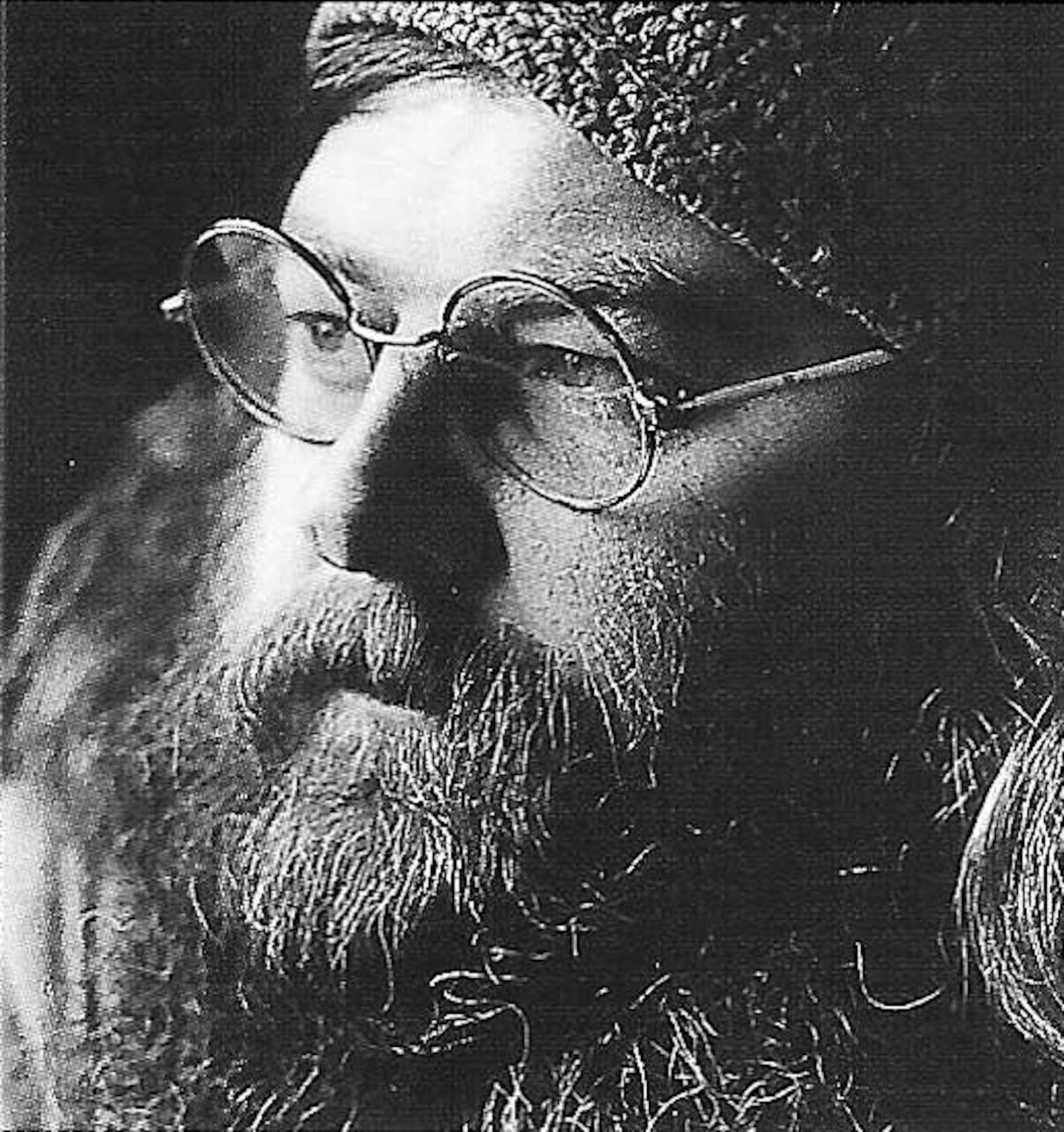de Velde
Ruimtespiegel
From the beginning of 1977, Tjok Dessauvage has remained very consequent in choosing for the pot form. To him, it is the most archetypical form in clay where movement can take shape in its surfaces.
Until 1985, he made open, double-walled pots which were rendered dynamic through the cuts in their walls or edges or by cutting through the axis of a pot and pushing it slightly out of line with its basic structure. This dynamic was emphasised even more by the colour and line structures. The result was a continuous play of light and shadow, of matter and vanishing matter.
Over the last ten years, his pot structures have evolved towards closed shapes which can no langer contain anything where the odd small hole still alludes to the pot form. And yet, the forms themselves have remained unaltered: the hemisphere, the cylinder and the cone .
Notwithstanding their seeming solidity, they are surprisingly light because of their hollowness. They do not invite us to lift them, but to touch them, especially the shiny polished ones which betray your presence through the traces of fingerprints you left behind. Dessauvage's pot structures are usually black.
Although these works are perfectly finished, technique still has a subordinate significance for him. His graphic representations at the top of the pots wish to communicate a message, through a few scratched lines and dots or structures, patterns and geometrical forms and, every now and then, by means of a protruding piece of alabaster or china. Each of the surfaces created are polished separately. Each small cavity looks like the navel of a world created by Dessauvage. Thus on each occasion, a small ceramic universe with a particular 'line of force' is born.
Over the last three years, realistic images pop up in his work from time to time thanks to his use of photographic and printing techniques.
lt must be clear by now that Dessauvage is never striving for spectacular innovations. For years on end, he has been using the same austere basic forms and never bright colours. His unobtrusive and yet consequent innovations occur on the upper surfaces of his work.
Thus, Dessauvage has developed his own highly individual formal language which enjoys recognition and appreciation everywhere — even far beyond Europe.


